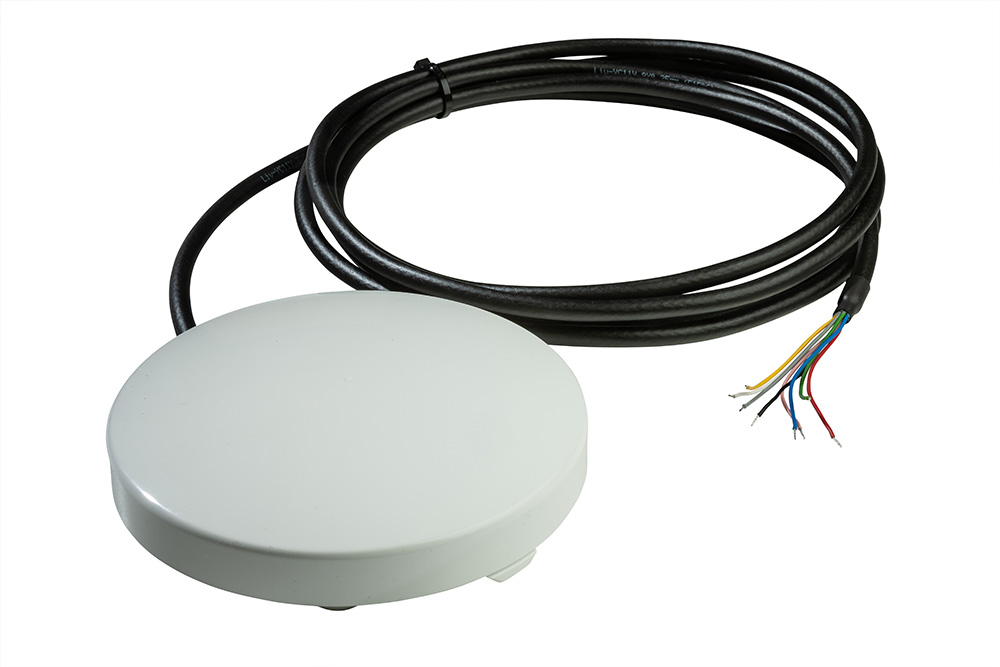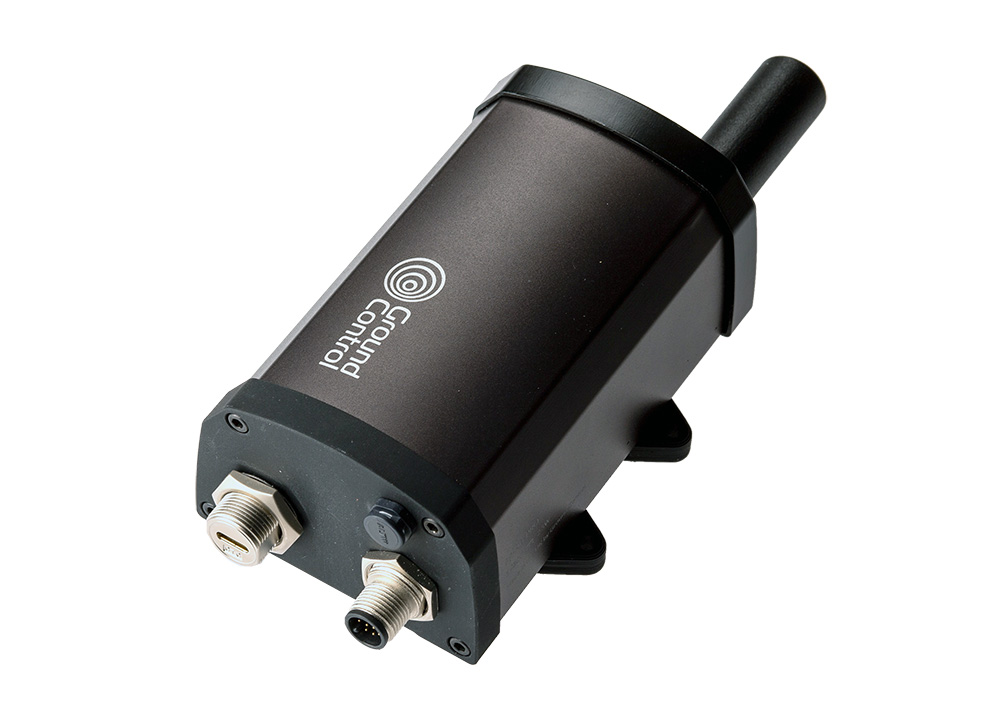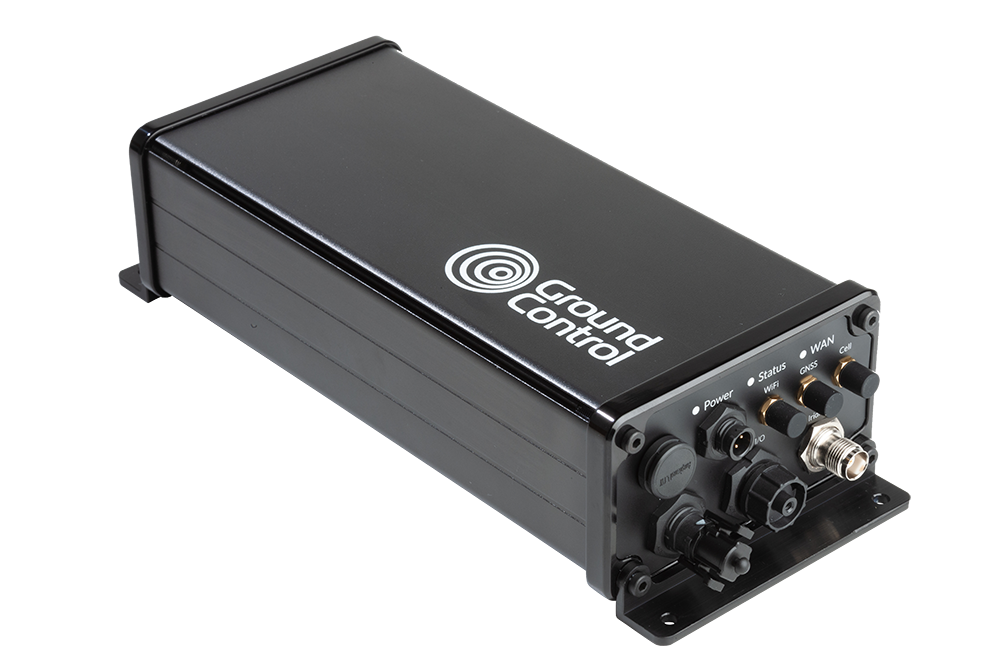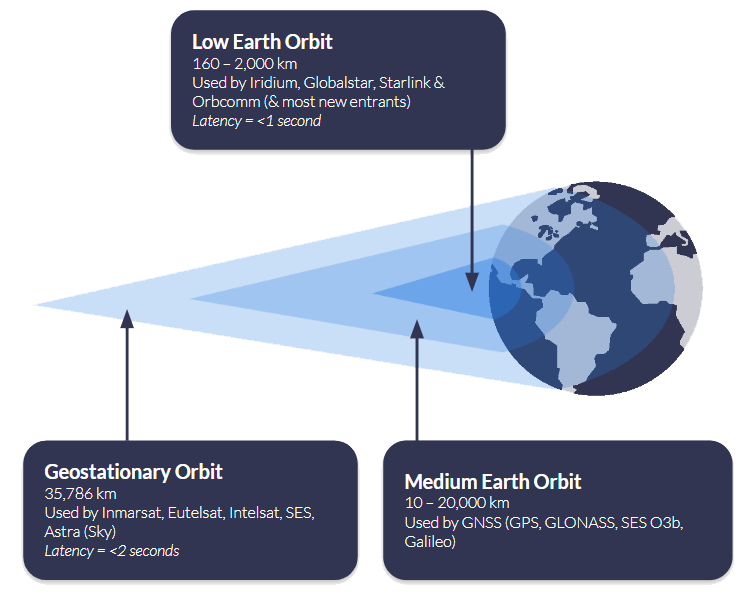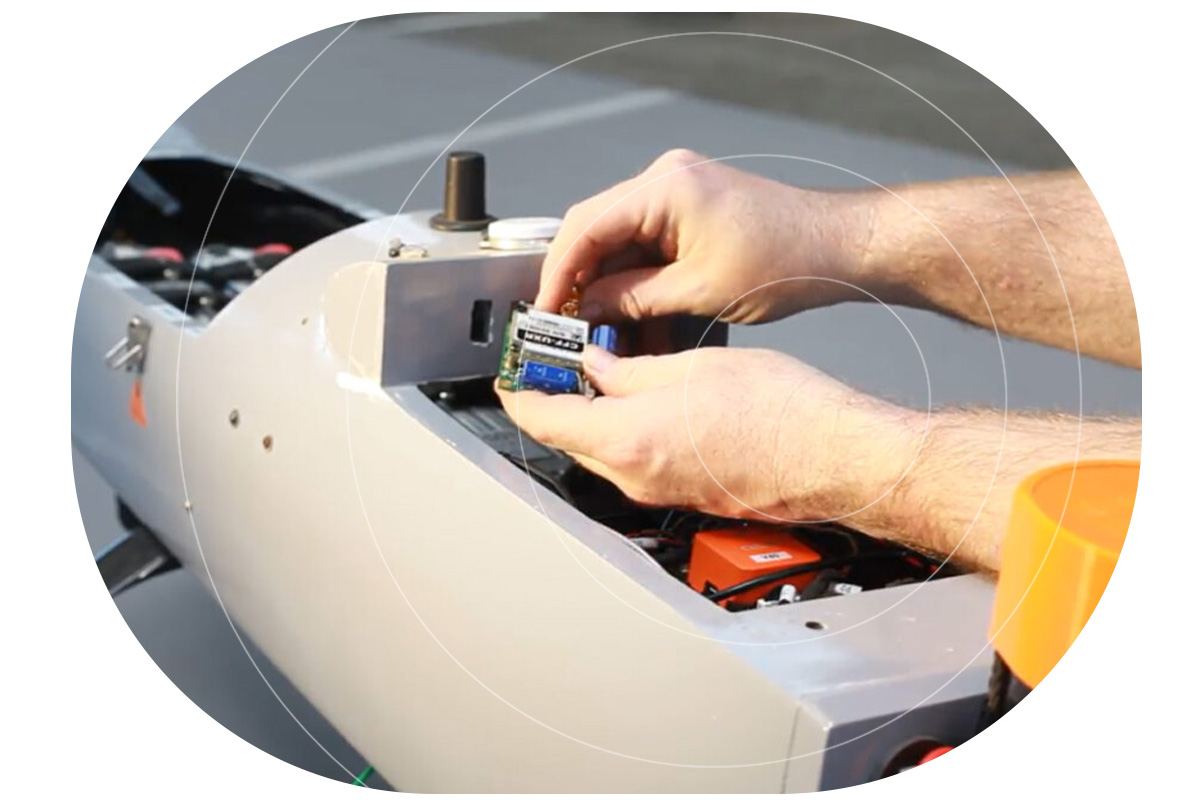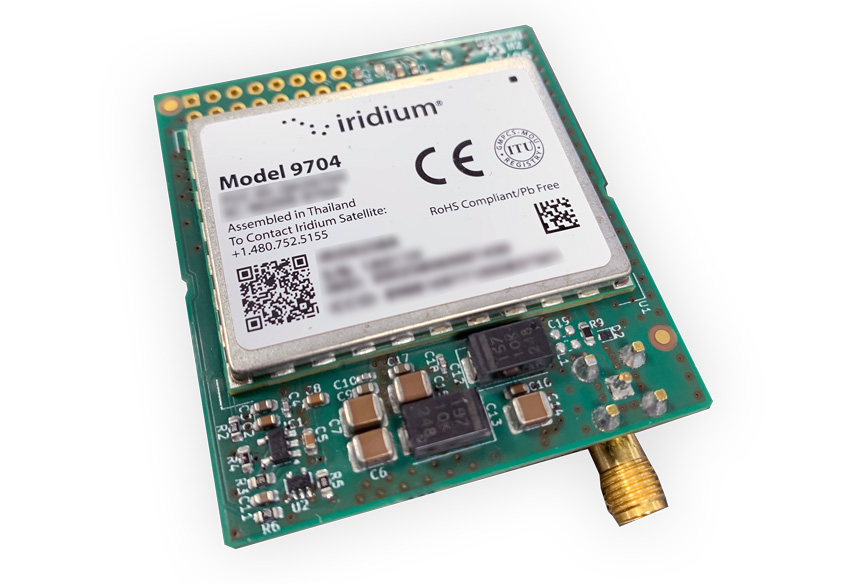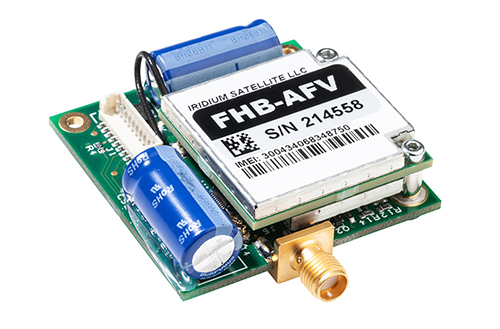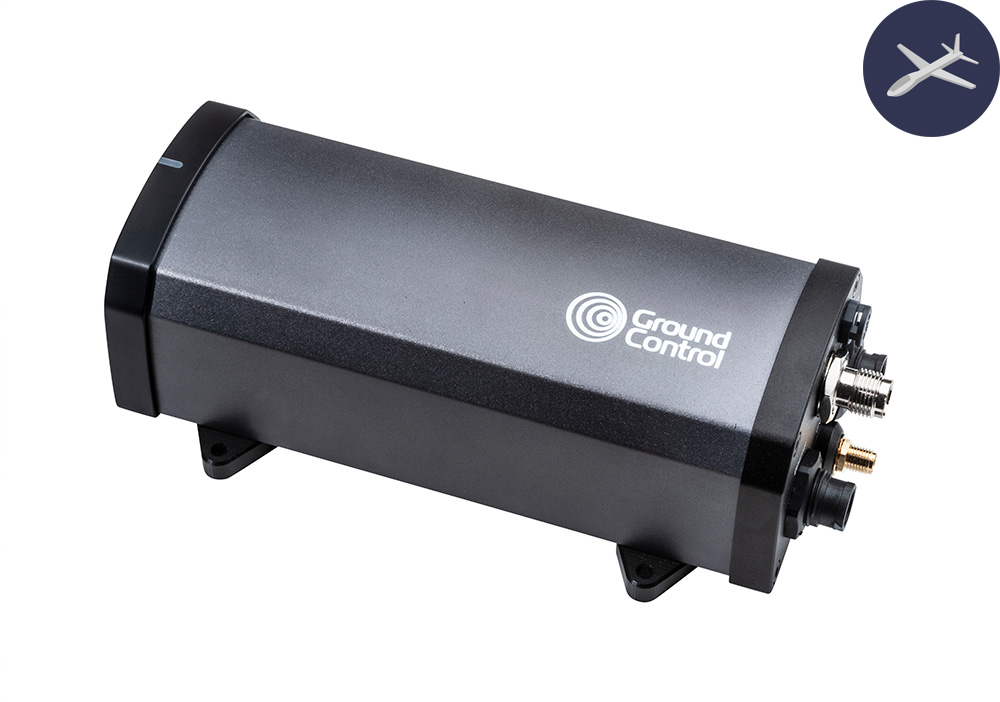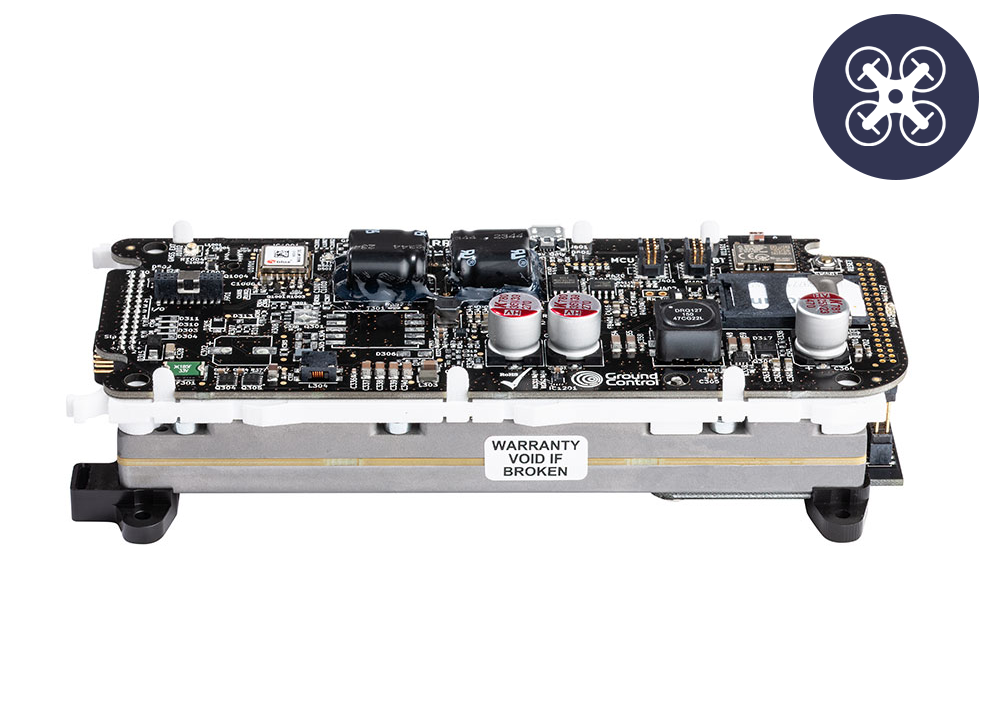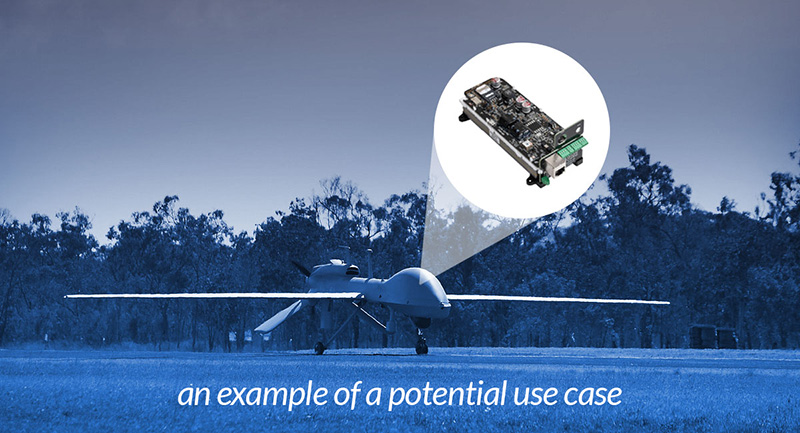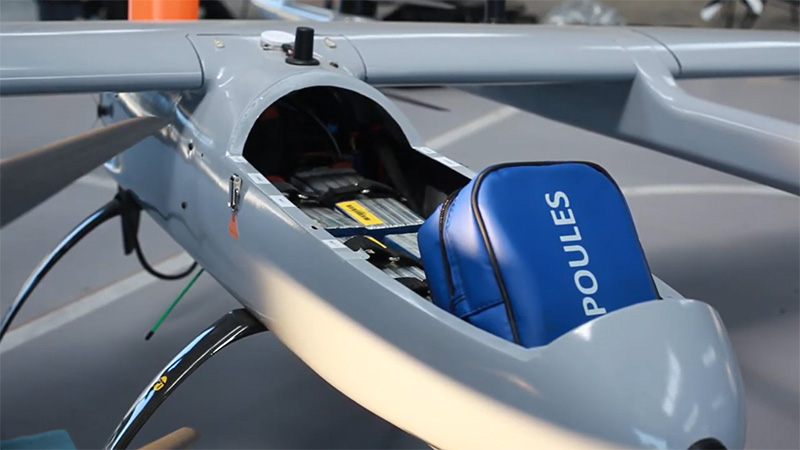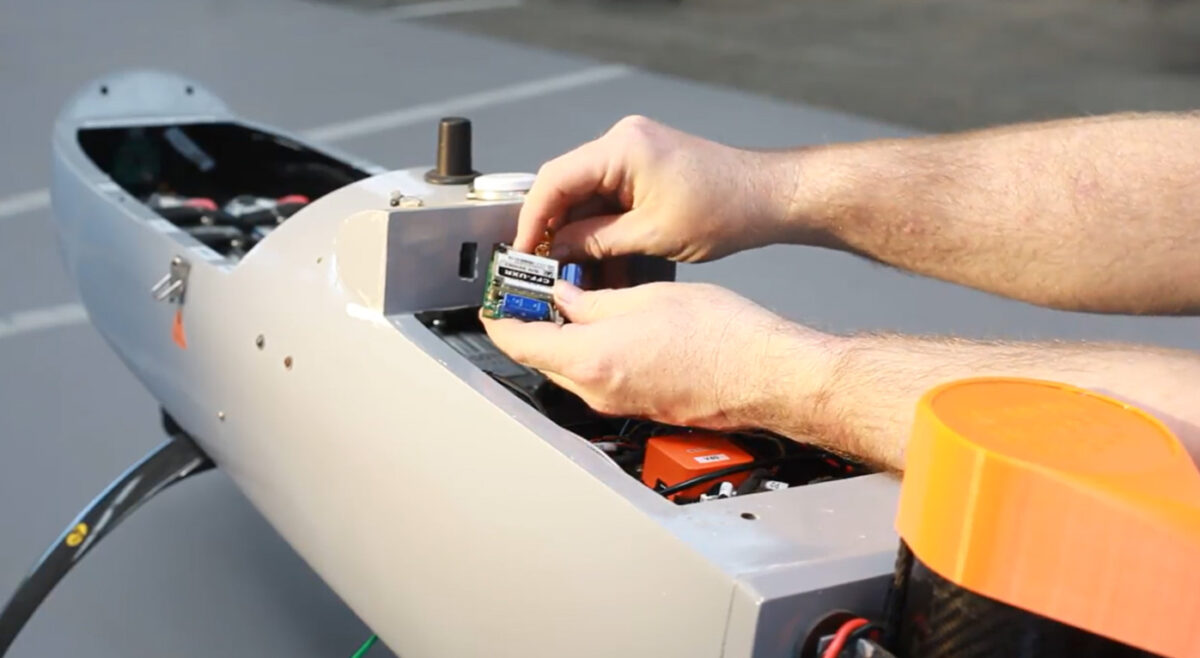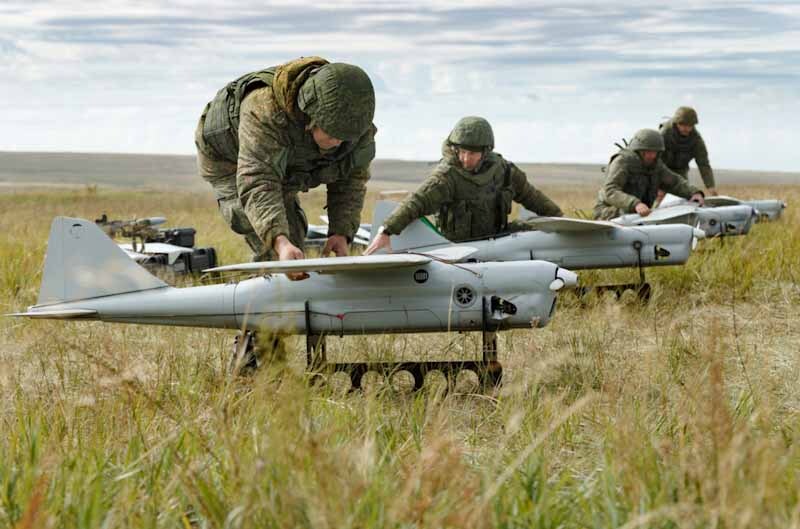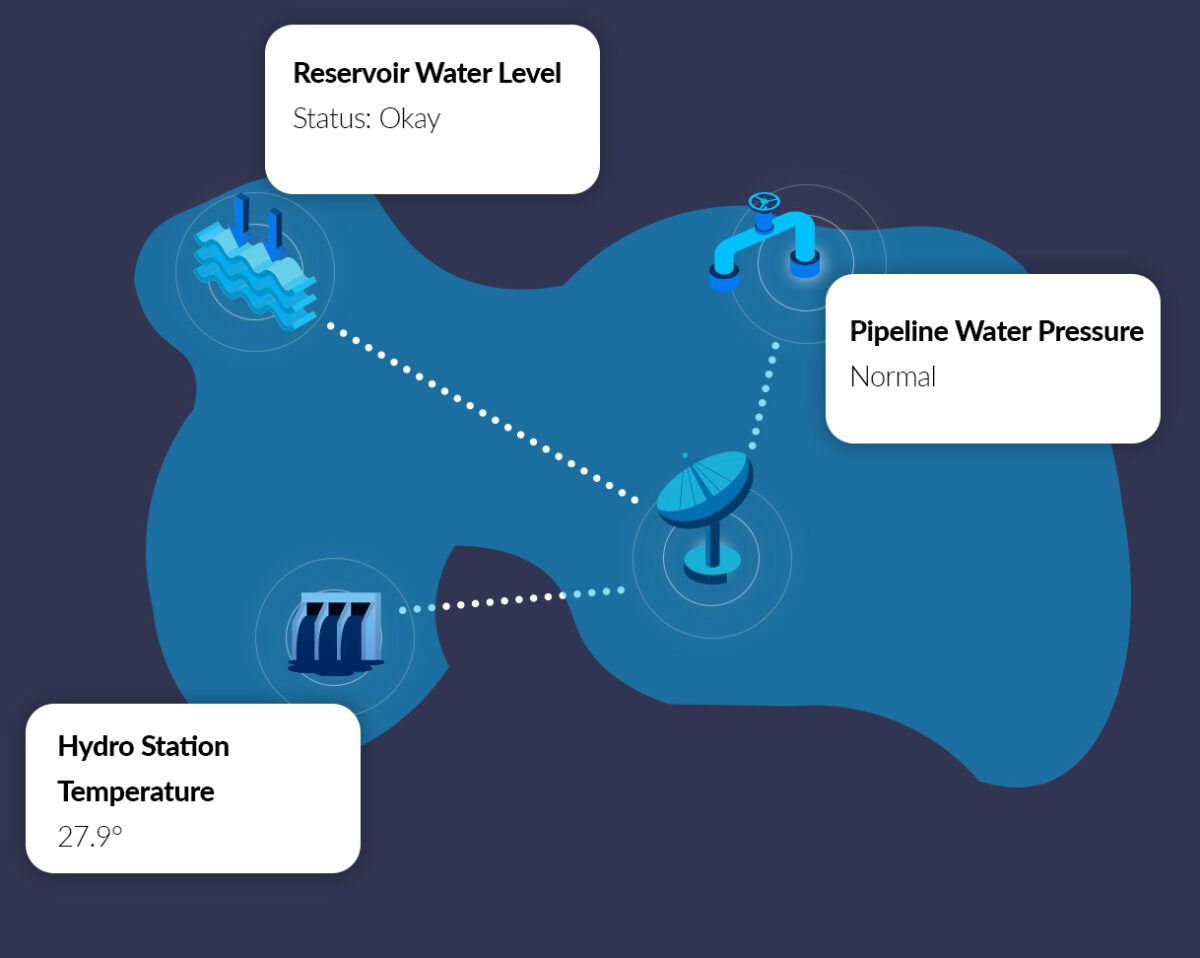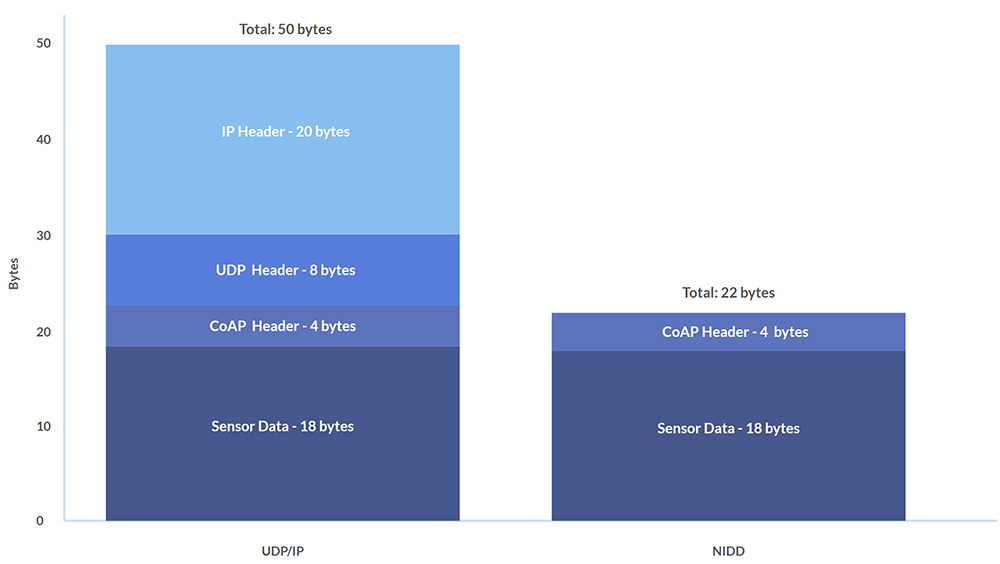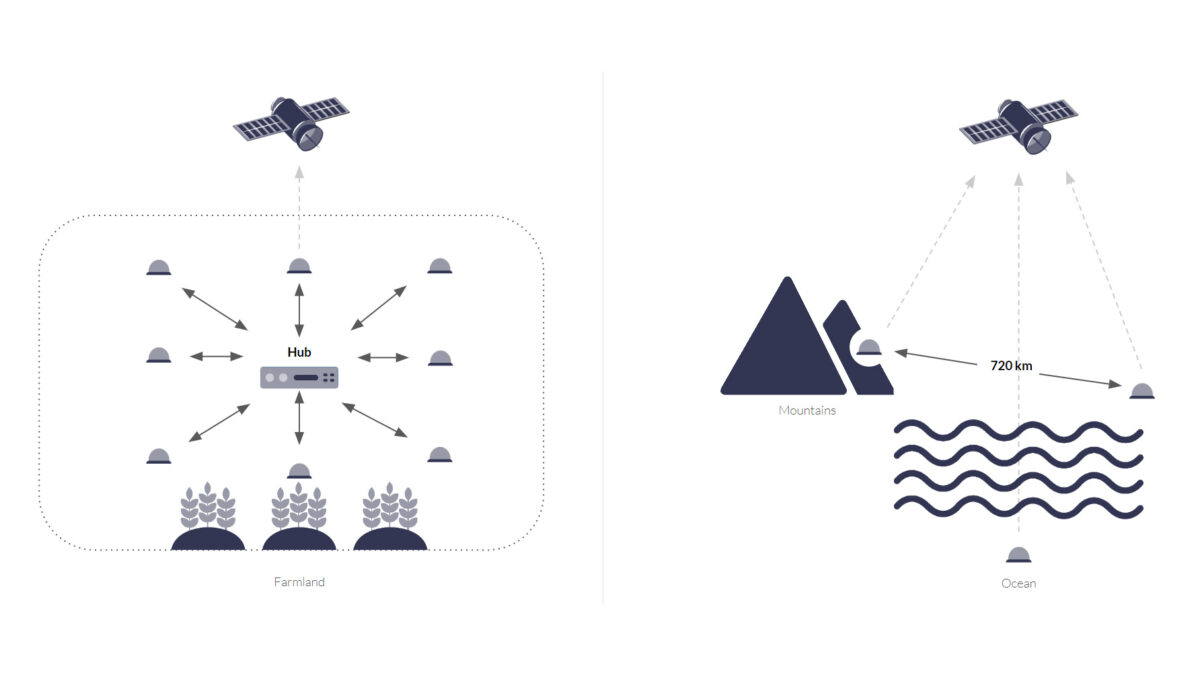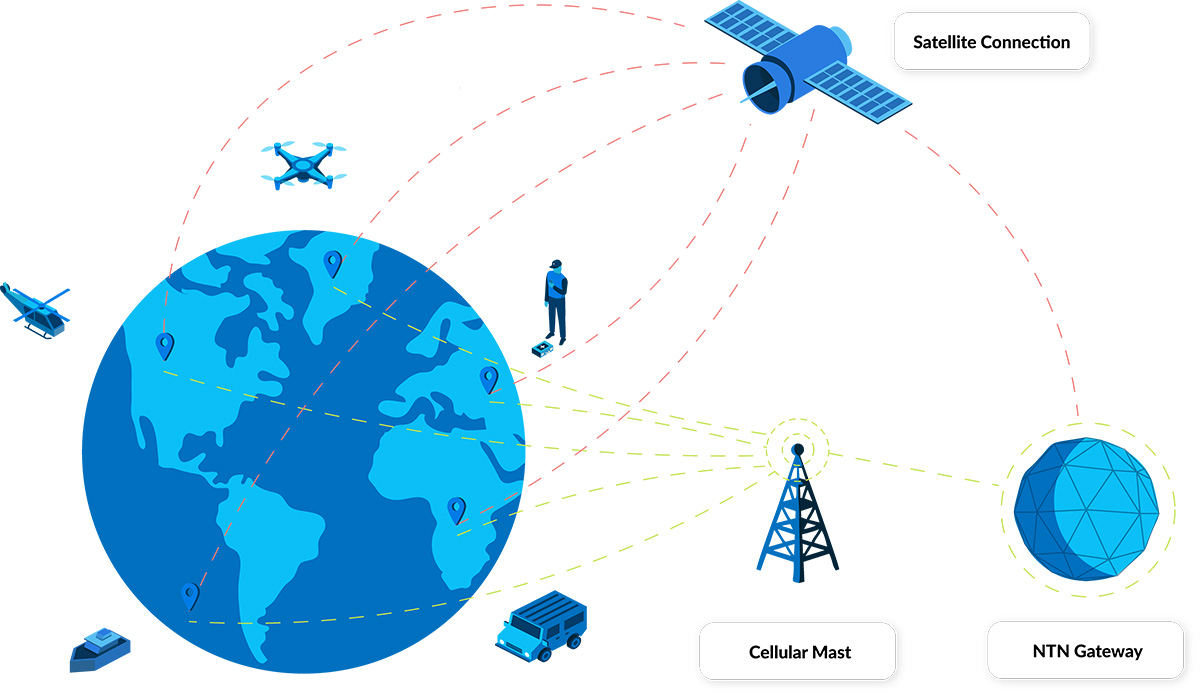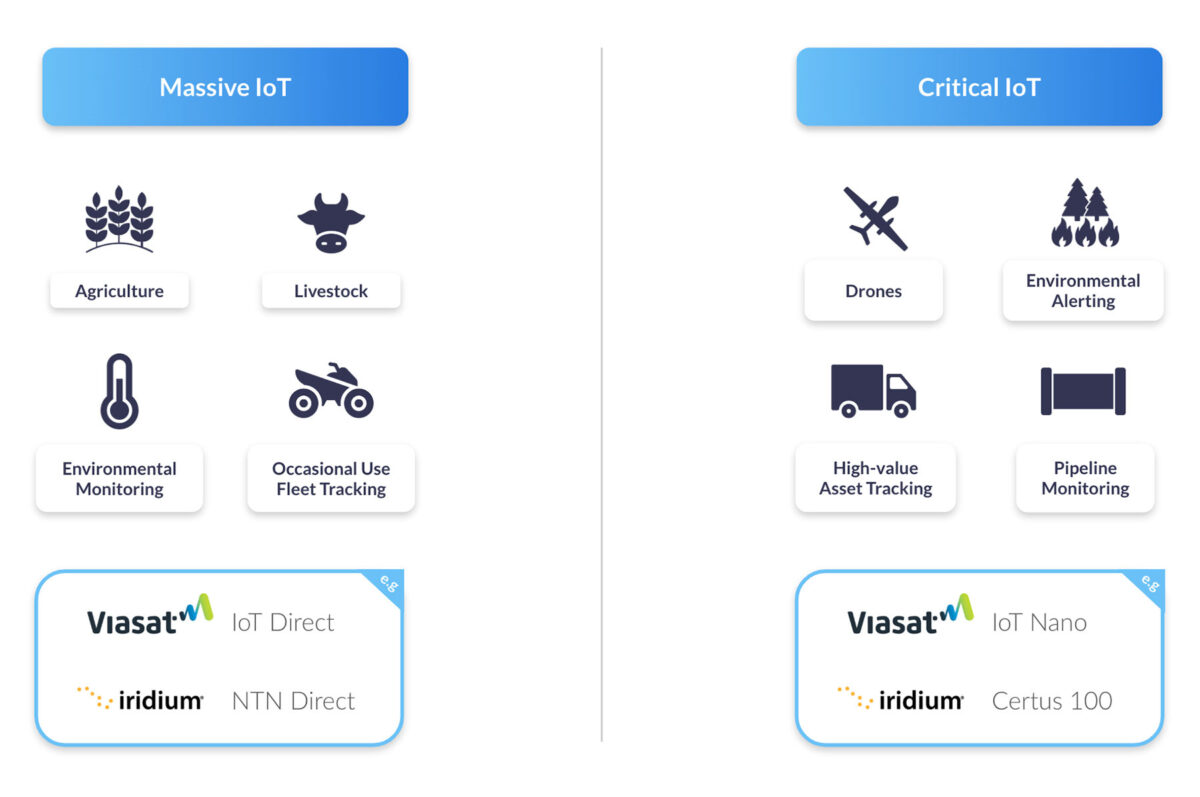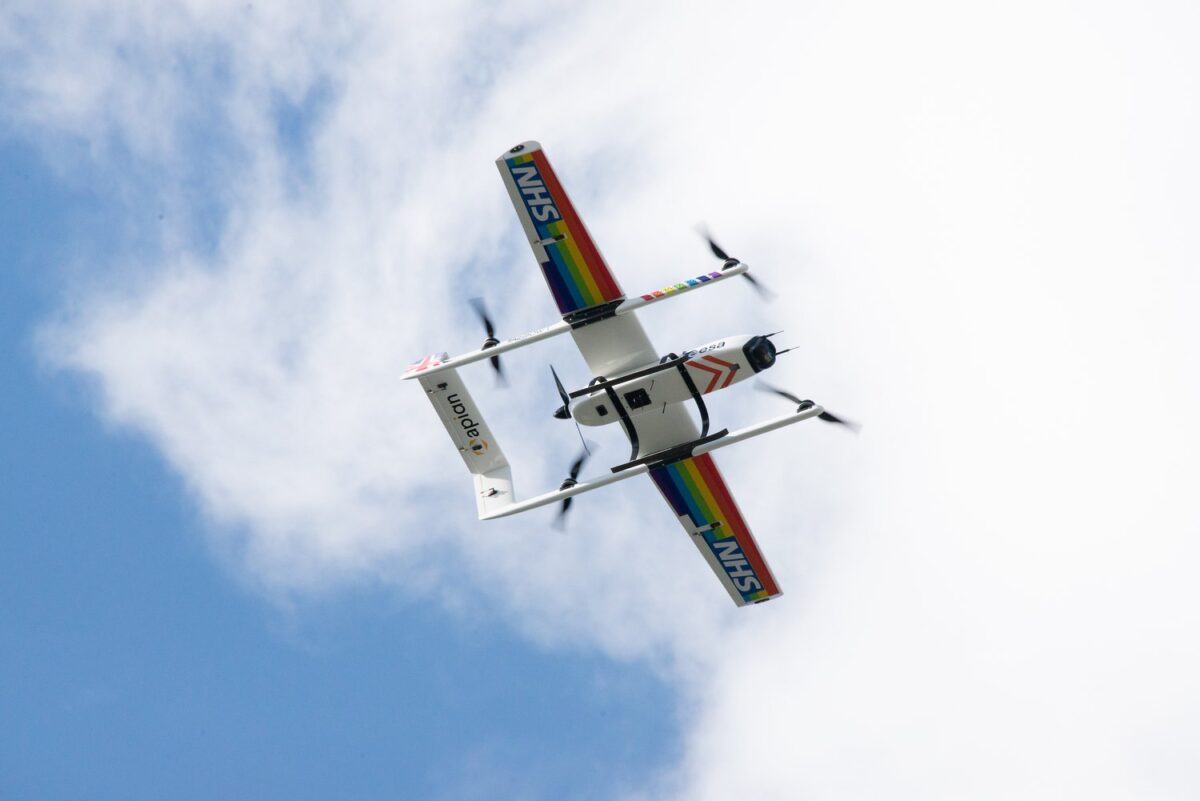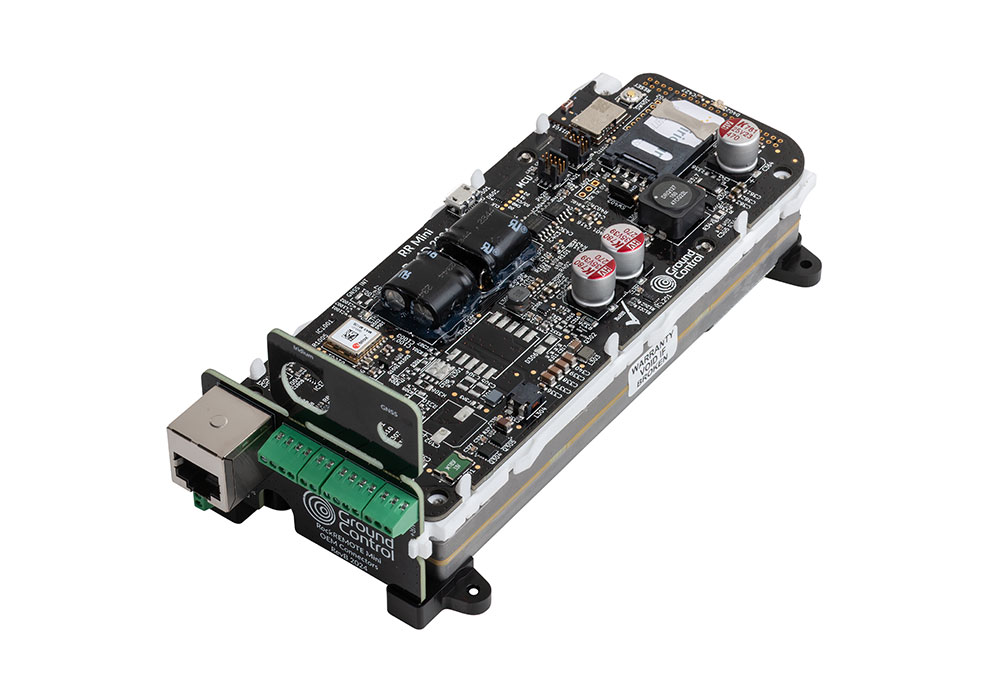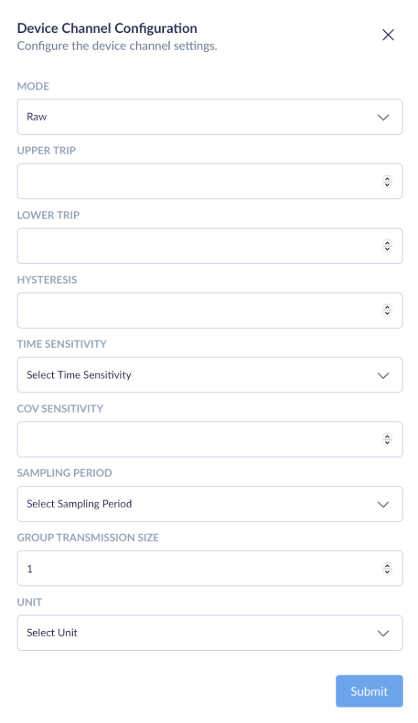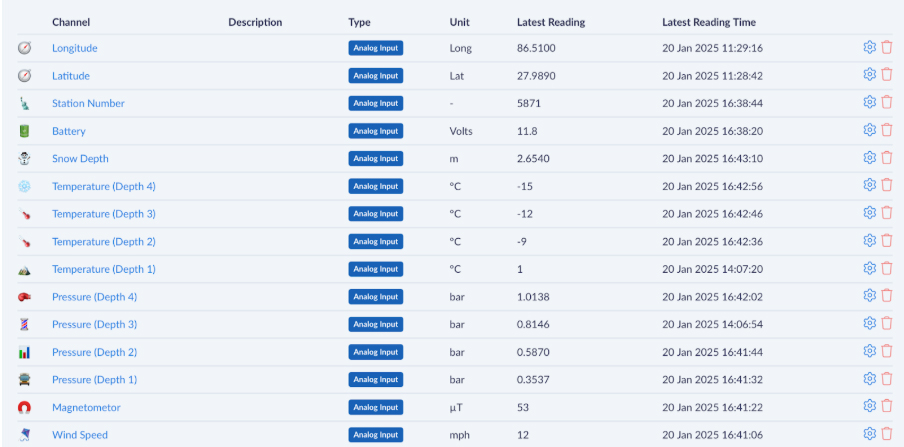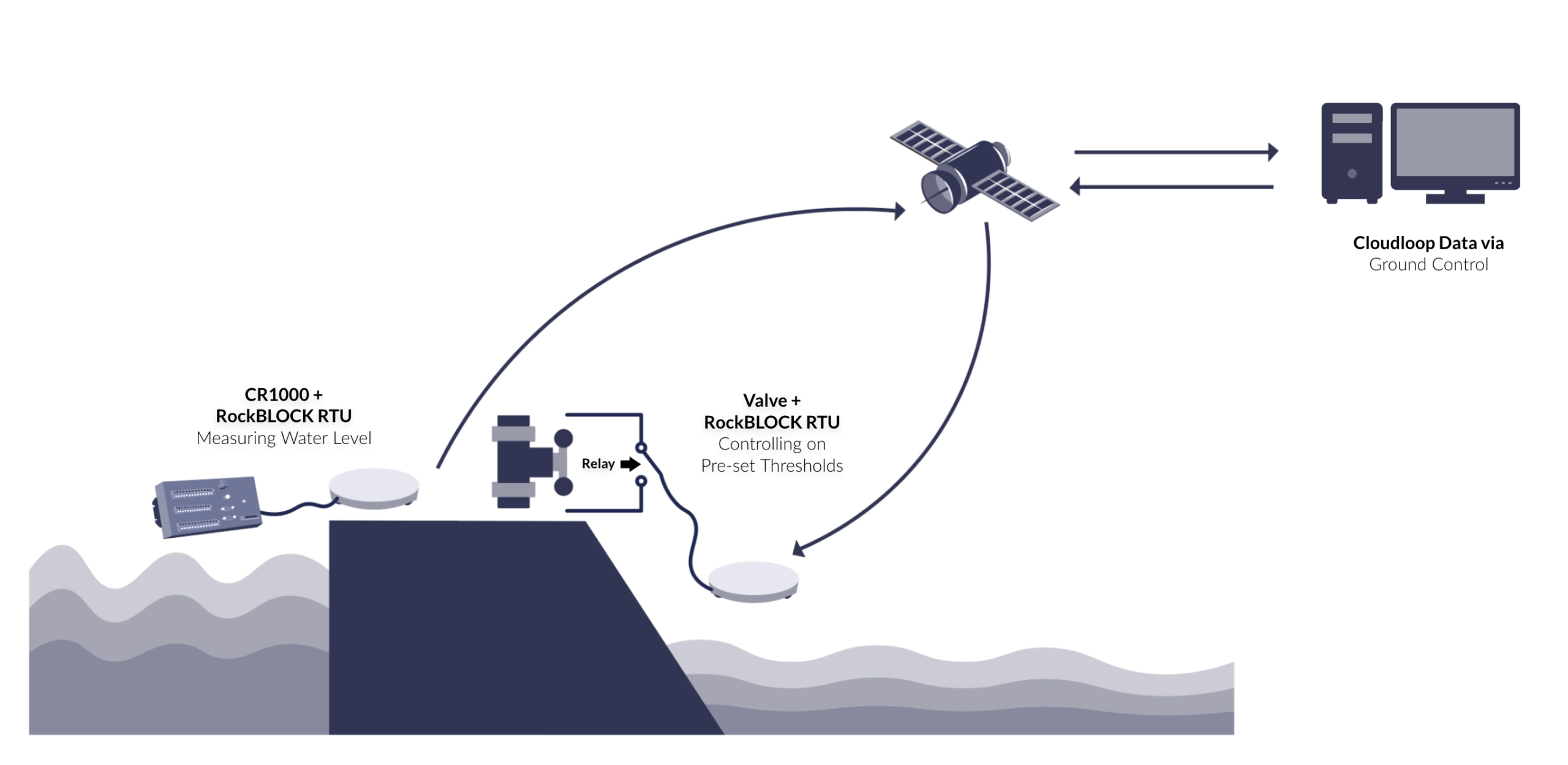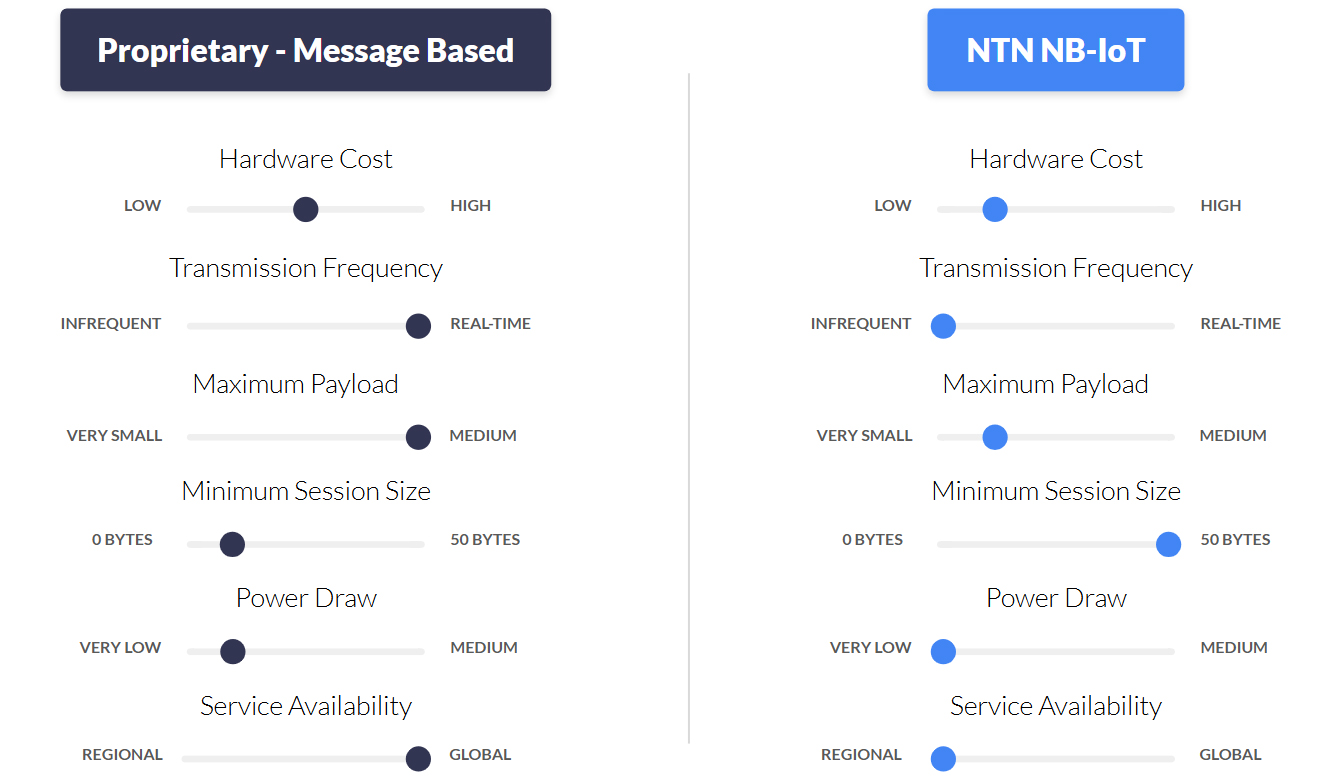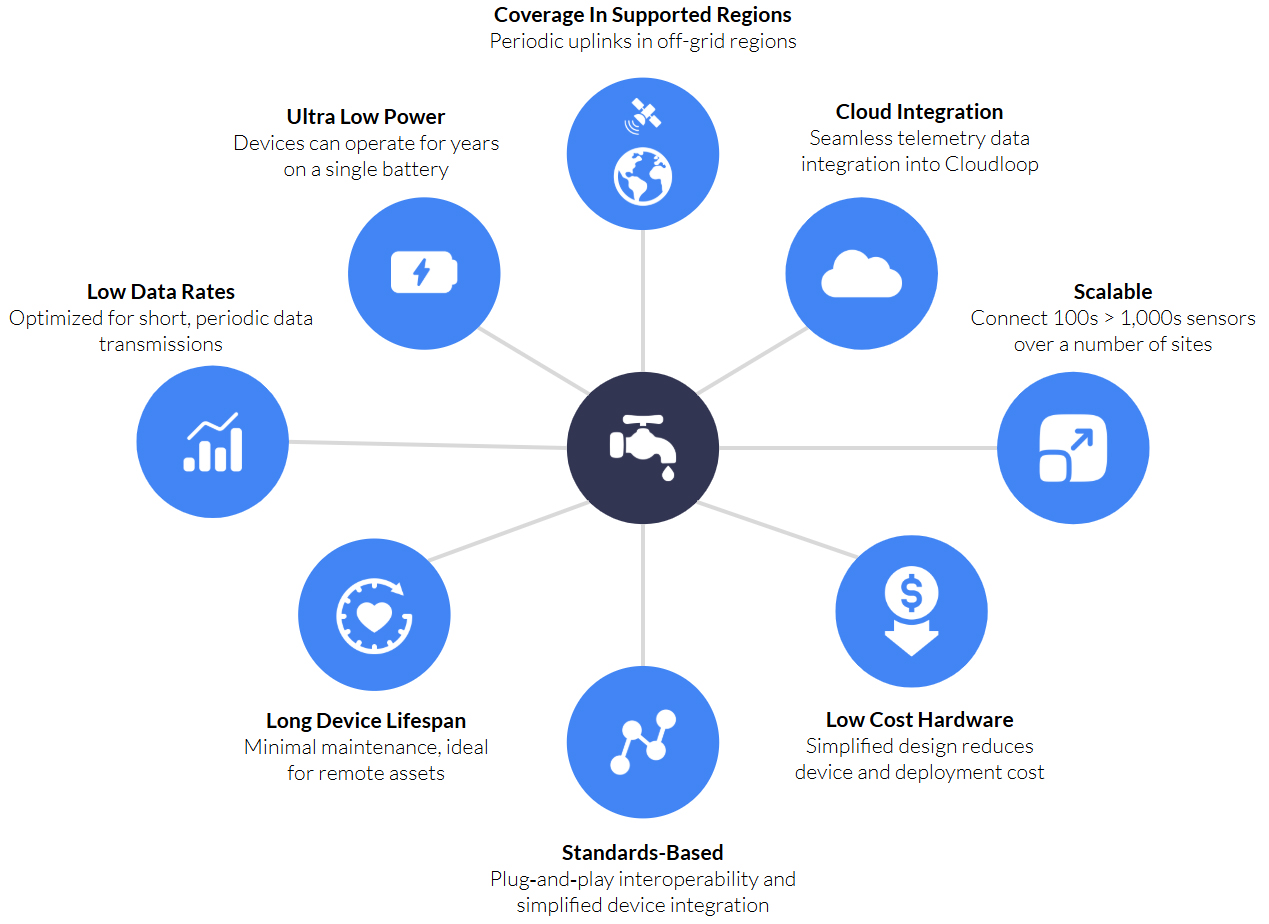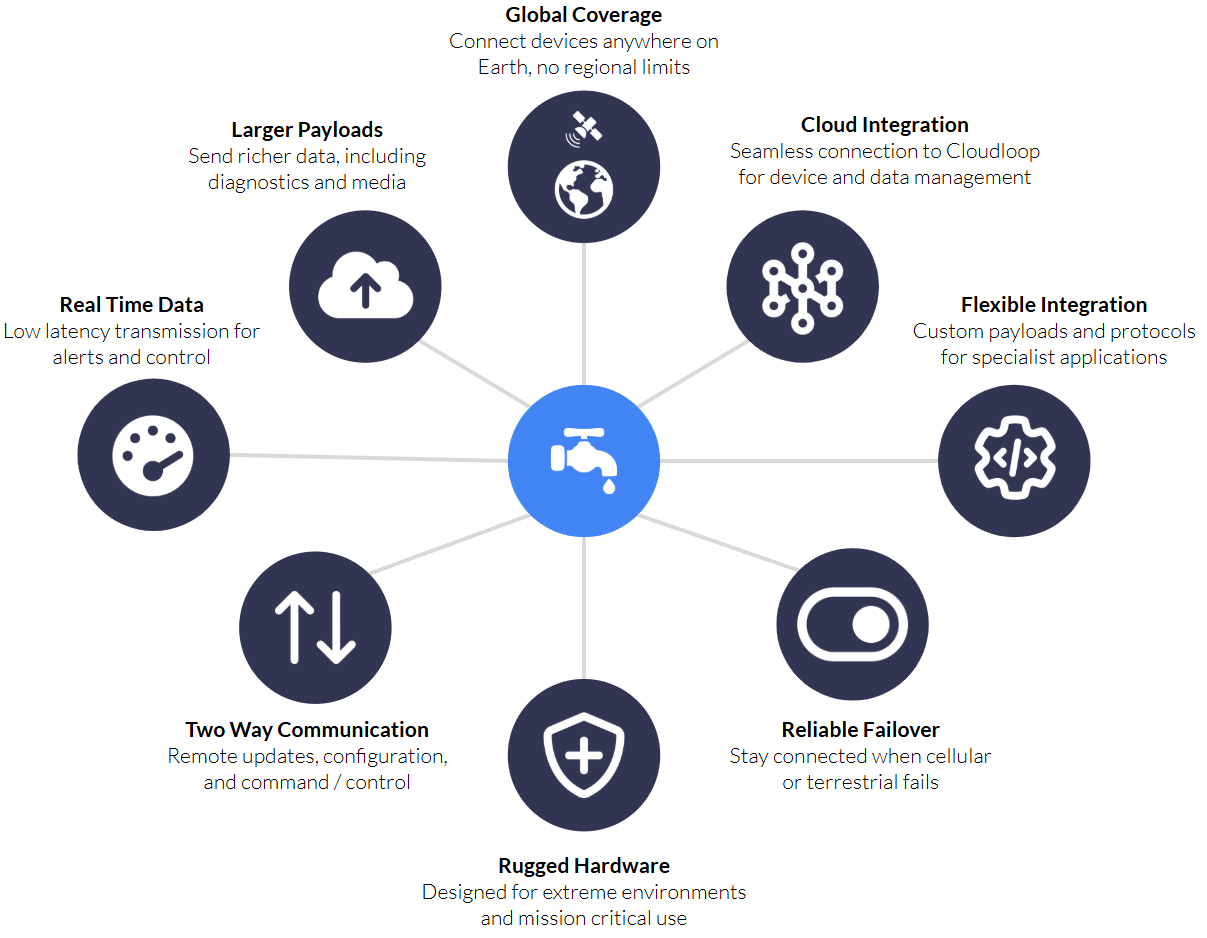Satellite IoT is no longer a niche. According to Berg Insight’s latest Satellite IoT Communications Market report, the global subscriber base surpassed 5.8 million connections in 2024 and is forecast to reach 32.5 million by 2029 – a compound annual growth rate of more than 41%. Revenues are expected to grow in parallel, from €334 million in 2024 to nearly €1.6 billion in 2029, even as the average monthly ARPU drops to €4.05.
That growth is being driven by demand from industries operating far beyond terrestrial coverage, agriculture, maritime, energy, construction, transportation, and government among them. With only about 10% of the Earth’s surface covered by terrestrial connectivity, satellite IoT is filling the gap and unlocking new applications at scale.
Against this backdrop of rapid expansion, Ground Control set out to understand which emerging forces satellite IoT users themselves believe will most shape their industries in the next 2-3 years. We surveyed 211 professionals across Defense, Utilities, Telecommunications, Maritime, Environmental Monitoring, Engineering, and more, asking them a simple but important question:
“Which emerging trends do you think will shape your industry the most over the next 2–3 years?”
The results reveal five powerful forces – some already in motion, others still emerging – that will define the next phase of satellite IoT. You can download the full Ground Control 2026 Satellite IoT Outlook eBook for the complete analysis, but here’s a snapshot of what we found.

45%
See security & resilience in IoT as the top priority
45%
Expect next-gen proprietary services to shape operations
56%
Of Asian respondents say AI will influence their industry
Key Insights from the Report
1. Security and Resilience
45% of respondents highlighted security and resilience as their top concern. With GPS jamming and spoofing incidents rising in both aviation and maritime sectors, resilience is no longer optional. It extends beyond navigation to cover networks, supply chains, and architectures that underpin critical operations.
Governments are responding too. In the UK, for example, new investments in resilient space-based services highlight how security is being treated as both an economic and national security priority.
The takeaway? Security is moving from being a specialist consideration to a mainstream business imperative for anyone using satellite IoT.
2. Next Generation Proprietary Services
45% of users anticipate next generation proprietary services like Iridium Messaging Transport (IMT) and Viasat IoT Nano (OGx) will influence their work. Unlike older SBD or IDP services, these platforms allow for larger, more cost efficient messages, enabling richer telemetry and new use cases.
And while some might assume that the rise of standards-based NTN IoT could threaten these established proprietary services, Iridium itself takes a different view. Speaking earlier this year, Iridium’s SVP of Product Management, Greg Aziz, explained that the company’s IoT business is highly diversified and that established services will continue to have a long life:
“People think it’s just IoT, but we’re going to use that protocol to operate on consumer devices as well … We’re very diversified and we don’t see these [established] businesses shrinking or going anywhere over the next several years.”
In other words, Iridium views NTN NB-IoT as an incremental growth opportunity – a slice of its broader strategy, not a disruptive threat to its existing services. For IoT users, this means confidence that current proprietary services remain stable and reliable, while also being enhanced by new capabilities.
3. New Mega Constellations
39% of respondents flagged mega constellations, including Starlink and Kuiper, as a potential influence. These networks are being built first and foremost to extend mobile and broadband coverage, not to serve ultra-low power IoT sensors.
Take Starlink’s Direct-to-Cell (D2C) initiative: the system enables text, calling, and browsing via satellite directly to standard LTE phones, effectively acting like a space-based cell tower. Early rollout focuses on texting and basic location features, with voice and data functionality being rolled out later. The target use cases are consumer – cars, smartphones, rural coverage – rather than custom IoT deployments.
That context matters. While mega constellations carry potential, their current architecture, marketing, and immediate value align more closely with consumer connectivity than the needs of industrial IoT. For IoT users, this reinforces the importance of designing around specialized satellite services built for sensor data, rather than expecting these consumer networks to fill all roles down the line.
4. Standards-Based Satellite IoT (D2D)
Just over a third of respondents (35%) see standards-based Direct to Device (D2D) as an emerging influence. By using cellular protocols such as NB-IoT and LTE in non-terrestrial networks (NTN), devices can connect to satellites with a single SIM and existing cellular standards.
Pipeline highlights how this model could simplify deployments and cut costs for large scale, latency tolerant applications. Still, this isn’t a universal fit. Data constraints, message frequency limits, and current gaps in global coverage mean NTN NB-IoT is best for price sensitive, scale driven use cases, not for critical real time monitoring.
5. AI and the Value of IoT Data
AI was the least selected force in our survey (24%), but that doesn’t undermine its relevance. As IoT Business News reported, billions in AI investment could be undermined if organizations can’t ensure reliable IoT connectivity.
AI adoption is accelerating, and Asia leads the way: 56% of respondents in the region expect it to reshape their operations, compared to just 20% in Europe and 21% in North America.
The lesson? AI will increasingly separate leaders from laggards, but success will depend on the quality, accuracy, and architecture of IoT data; not AI in isolation.
If your organization relies on satellite IoT for critical operations, the choices you make over the next 2-3 years will shape your resilience, efficiency, and competitiveness. The landscape is evolving quickly, from the rise of next generation proprietary services to the promises of standards-based NTN, alongside the growing importance of security, AI, and mega constellations.
Our comprehensive report provides the insights and strategies you need to:
- Understand the top priorities of IoT users worldwide, including why security and resilience now top the agenda.
- Evaluate emerging technologies like NTN NB-IoT and AI, and see where they fit (and where they don’t) in critical operations.
- See how adoption differs by region and industry, and benchmark your own strategy against your peers.
- Gain clarity on mega constellations; what they mean for consumers today, and why IoT users should focus on stability and reliability.
Download the full report now to discover how satellite IoT is changing, and how your organization can stay secure, resilient, and ready for the future.

Can we help?
If you’d like tailored advice on strengthening your remote IoT infrastructure and architecture, we’re here to help.
Our team at Ground Control works with organizations across defense, utilities, maritime, and more to design secure, resilient, and future-ready connectivity strategies.
Get in touch to discuss your IoT challenges and opportunities; either complete the form or email hello@groundcontrol.com and we’ll respond within one working day.



